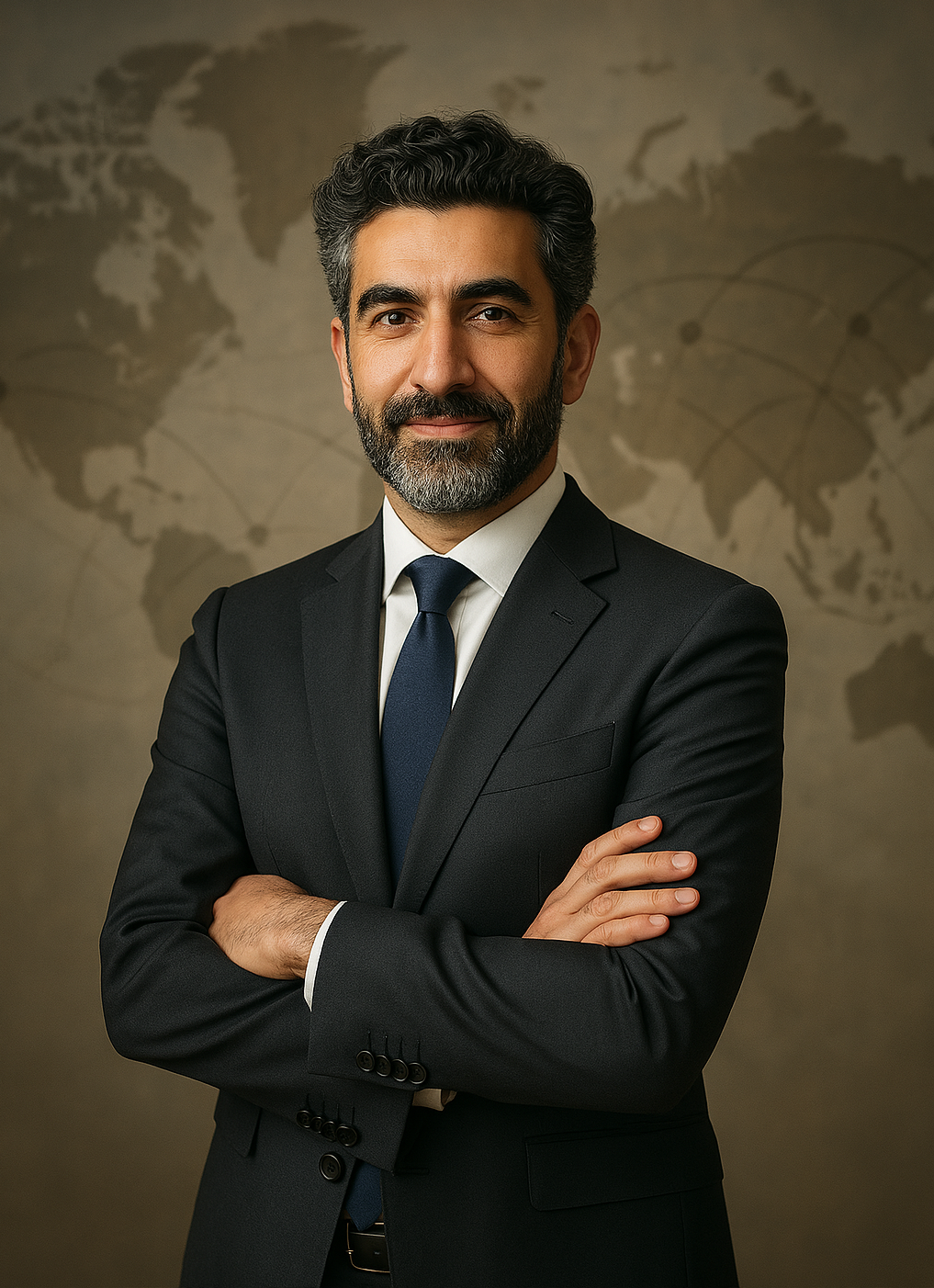Public speaker and storytelling expert Mohammad Tabrizian breaks down the overlooked power of silence, body language, and timing—and how mastering the unspoken can elevate your message more than any word ever could.
When people think about great speakers, they often picture powerful voices, captivating stories, and commanding energy. But here’s a truth I’ve learned time and time again, both on stage and while coaching others: what you don’t say is often what people remember most.
I’m Mohammad Tabrizian—public speaker, writer, and founder of Eloquence Academy. Over the years, I’ve coached hundreds of aspiring speakers across the UAE and UK. And whether I’m lecturing at Zayed University or listening to spoken-word artists at London’s Southbank Centre, I’ve come to appreciate one underrated but transformative tool: the pause.
Silence Isn’t Empty—It’s Intentional
In a world that prizes constant chatter, silence feels risky. But in speech, it’s one of the most powerful devices you can use. A pause creates space for reflection. It adds gravity to your message. It gives the listener a chance to feel what was just said—rather than rush to process the next sentence.
The pause isn’t the absence of speaking. It’s the presence of presence.
When I wrote Stage Whisper: Lessons from the Silent Moments, I wanted to challenge the myth that great speaking is about filling every second. In fact, some of the most powerful moments in a speech are the quiet ones—when the audience leans in, waiting.
The Language of the Body
Pauses are only one part of what I call the “unspoken speech.” The rest is made up of your posture, gestures, facial expressions, and eye contact. I often tell my students: Your body speaks long before your mouth does.
Think about it—when someone enters a room with open shoulders, grounded feet, and a calm gaze, they command attention before they say a word. That’s non-verbal confidence.
Cultural nuance matters too. A gesture that resonates in London may need a softer variation in Dubai. As someone who moves between these spaces, I’ve learned that mastering body language also means mastering cultural awareness.
Why Saying Less Builds Trust
Over-explaining can signal insecurity. Rushing through your message often signals doubt. But speaking with measured rhythm, knowing when to pause, and holding silence with ease—that signals self-trust. And when you trust yourself, your audience does too.
Here’s a simple technique I share at my workshops:
Pause after a key idea. Let it land. Let the silence do the talking.
Use a look, not a line. Sometimes eye contact delivers more connection than another sentence.
Slow down the pace. The faster you speak, the more you risk losing depth and clarity.
Final Thoughts
In every culture I’ve spoken in—from Sharjah classrooms to London conference halls—I’ve seen audiences moved not just by passion or words, but by intentional stillness. In a world obsessed with more, there is quiet power in less.
So the next time you step onto a stage, into a meeting, or even into a conversation with a friend—remember: you don’t need to fill every moment. You just need to be fully present in the ones that matter.
Because sometimes, the loudest message... is the one that comes in silence.




Write a comment ...